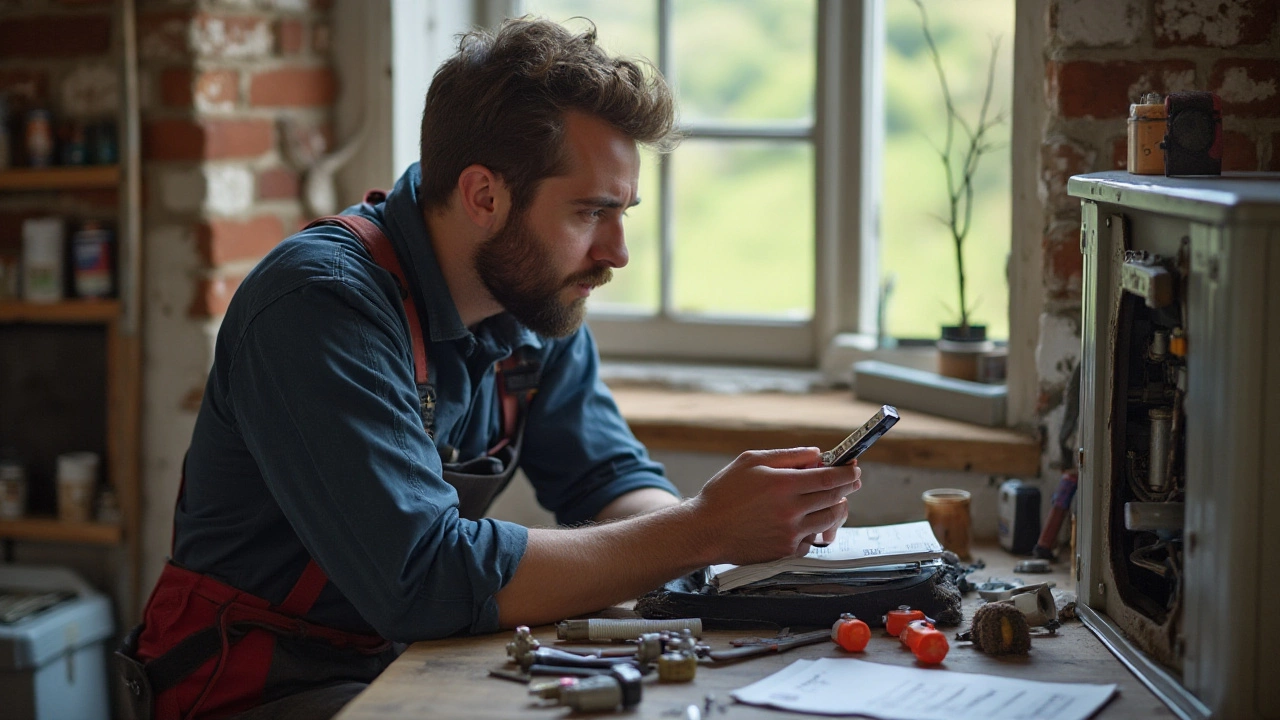How to Troubleshoot Your Heat Pump – Quick Guide
If your heat pump stops heating, cools oddly, or makes weird noises, you don’t have to panic. Most issues are easy to spot and often fixable with a few basic steps. In this guide we’ll walk through the most common problems, what to check first, and when it’s time to call a professional.
Common Heat Pump Problems
Below are the usual culprits you’ll run into:
- No heat or cooling: Could be a tripped breaker, a clogged filter, or low refrigerant.
- Strange noises: Rattles often mean a loose fan blade; buzzing may point to an electrical fault.
- Frequent short‑cycling: The unit turns on and off quickly, usually because the thermostat is set wrong or the outdoor coil is dirty.
- Ice buildup on the indoor coil: This normally means airflow is blocked or the defrost cycle isn’t working.
- High energy bills: An inefficient pump wastes power – check for dirty coils, blocked vents, or an aging compressor.
Knowing these signs helps you target the right fix without guessing.
Step‑by‑Step Troubleshooting Process
1. Safety first. Turn off power at the breaker before you open any panels. If you’re unsure, skip to the next step and call a qualified tech.
2. Check the thermostat. Make sure it’s set to the correct mode (heat or cool) and the temperature is higher (or lower) than the current room temp. Sometimes a simple reset solves the problem.
3. Inspect the air filter. A dirty filter restricts airflow, causing the system to overheat and shut down. Remove the filter, tap out the dust, or replace it if it looks grimy.
4. Look at the outdoor unit. Clear away leaves, twigs, or other debris that might be blocking the fan. Gently spray the coil with water to remove dust – be careful not to bend the fins.
5. Verify the breaker and fuses. A tripped breaker will look switched to the “off” position. Flip it back on and see if the pump powers up.
6. Listen for error codes. Many modern heat pumps flash a light or display a code when something’s wrong. Write down the code and check the user manual for a quick fix.
7. Check for ice. If the indoor coil looks frosted, turn the system off for 30 minutes to let it defrost. After it thaws, run the fan for a few minutes to dry the coil before restarting.
8. Test the fan motors. When the pump turns on, you should hear both indoor and outdoor fans spin. If one is silent, the motor may need cleaning or replacement.
After you’ve run through these steps, restart the unit and watch for normal operation. If the problem persists, note what you’ve tried and call a certified heat‑pump technician. Having this information speeds up the repair and can save you money.
Regular maintenance—cleaning filters, clearing debris, and scheduling a professional check‑up once a year—keeps most heat‑pump issues from returning. With a little know‑how, you can troubleshoot most hiccups and keep your home comfortable all year round.
